
Patients with chronic lymphocytic leukemia (CLL) have worse health-related quality of life scores compared to healthy controls, according to a new study out of India.
Jared is a freelance writer for The American Journal of Managed Care® (AJMC®), and previously worked as a senior editor for HCPLive® at MJH Life Sciences®.
He has an MA from University of Sioux Falls. You can connect with Jared on LinkedIn.

Patients with chronic lymphocytic leukemia (CLL) have worse health-related quality of life scores compared to healthy controls, according to a new study out of India.

A new study suggests stringent complete response is less meaningful than minimal residual disease status when evaluating patients with multiple myeloma.

New research casts doubt on the notion that hepatitis plays a role in the development of multiple myeloma (MM), finding that the virus is actually more common in chronic lymphocytic leukemia (CLL).

New data suggests a patient’s education level can be an important factor in the disease outcomes of patients with multiple myeloma.

A significant number of patients who undergo chimeric antigen receptor (CAR) T-cell therapy will experience severe neurotoxicity. A new study could help doctors better predict which patients are at risk.

A new analysis found patients with high-cytogenetic-risk multiple myeloma benefitted from adding daratumumab to their therapy.

Mantle cell lymphoma is considered incurable, but a new strategy could lead to better results in a subgroup of patients with the cancer.
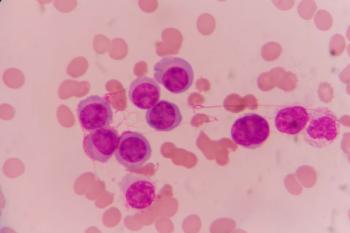
A new analysis finds therapeutic plasma exchange has become more costly, and more common among patients with multiple myeloma.

Patients who are diagnosed with Waldenström macroglobulinemia (WM) at age 55 or younger tend to have low risk profiles and very high overall survival rates.

A new opinion article suggests minimal residual disease (MRD) is not yet ready for “prime time” in the clinic, even though it’s already making a major impact on clinical trials.

Children receiving intensive chemotherapy benefit from prophylaxis with levofloxacin to an extent that would justify the cost of the drug, a new analysis finds.

Investigators have made tremendous strides improving patient care in multiple myeloma (MM), but the authors of a new review article say much more work is needed.

Patients with chronic lymphocytic leukemia (CLL) often face months or years of uncertainty. A new study might help those patients better understand their progression timeline.

A significant proportion of patients with chronic lymphocytic leukemia (CLL) and mantle cell lymphoma (MCL) experience bleeding when taking ibrutinib—a recent study probes why.

Most oncologists in a recent survey said they lack the knowledge and data to use measurable, or minimal, residual disease (MRD) as a decision-making tool in the treatment of multiple myeloma.
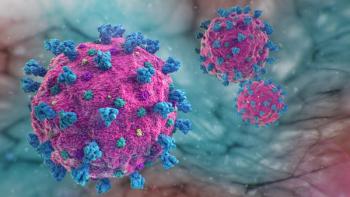
A small study out of Sweden adds to context to the puzzle of how best to treat patients with multiple myeloma who contract COVID-19.

New real-world data shows 64% of patients with psoriatic arthritis who had previously been on a biologic stayed on secukinumab for the duration of the study.
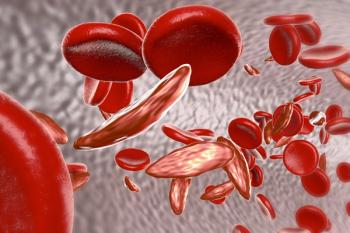
Yale New Haven Hospital’s reorganization of its sickle cell disease program led patients to report feeling better off and needing fewer hospitalizations. However, the change left some with the disease still feeling unsatisfied.

A new analysis offers insights into how ozanimod works in patients with relapsing multiple sclerosis, as well as the impact of higher dosage.

New research suggests white and African American patients have similar rates of access to new treatments for multiple myeloma.
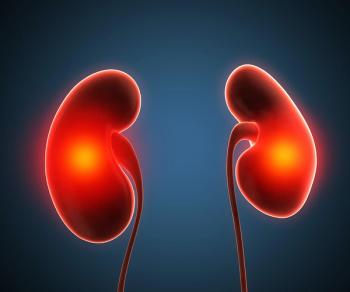
A new study finds even if renal function is restored, patients who have severe renal impairment when diagnosed with multiple myeloma have lower overall survival rates.

While immunoglobulin abnormalities appear to shorten treatment-free survival periods, they do not have an impact on overall survival in patients with chronic lymphocytic leukemia (CLL).

A new study helps make clear what’s happening in the visual systems of patients with pediatric onset multiple sclerosis.

Alemtuzumab did not appear to negatively impact pregnancy outcomes in women who took the therapy for relapsing-remitting multiple sclerosis prior to becoming pregnant.

Experts surveyed regarding how best to treat patients with chronic lymphocytic leukemia (CLL) amid the pandemic agreed with social distancing, but were cautious about universal testing and treatment continuation.
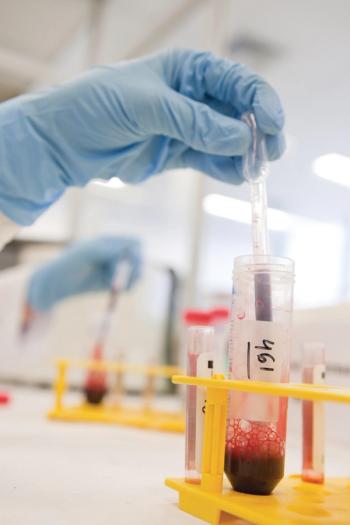
A new study may have uncovered reasons why some patients with multiple myeloma have poor outcomes following allogeneic stem cell transplantation.

A new study suggests patients with multiple sclerosis (MS) will see their ability to walk decline more rapidly than their hand function.
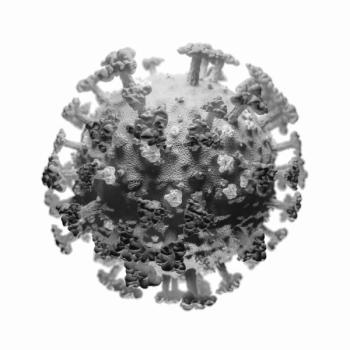
Older patients with chronic lymphocytic leukemia (CLL) appear to be more likely to have severe symptoms if they contract coronavirus disease 2019, according to new research.
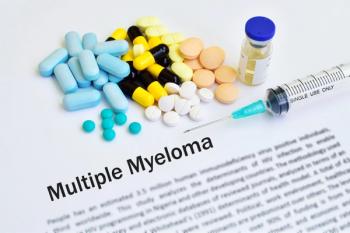
Only about one-third of patients with multiple myeloma who experience a very good partial response to therapy following first relapse, according to a new study.
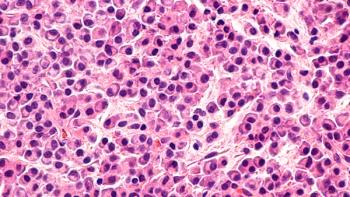
While minimal residual disease has become an important way to track how patients respond to therapies for multiple myeloma, the treatment implications of the metric are not yet clear, according to a review article.

259 Prospect Plains Rd, Bldg H
Cranbury, NJ 08512
© 2025 MJH Life Sciences®
All rights reserved.
